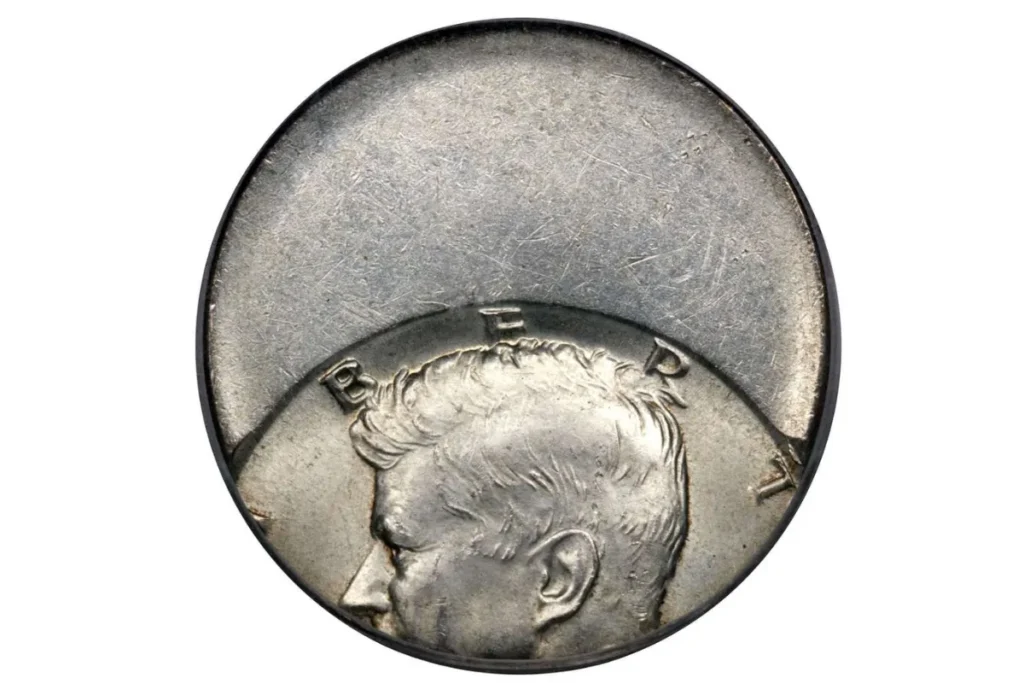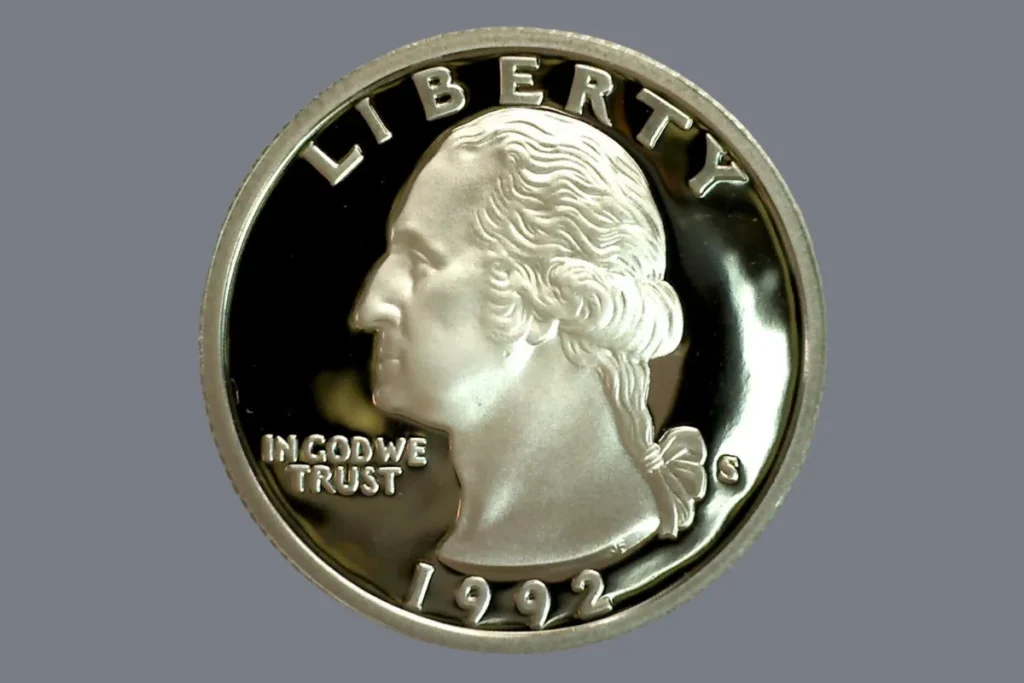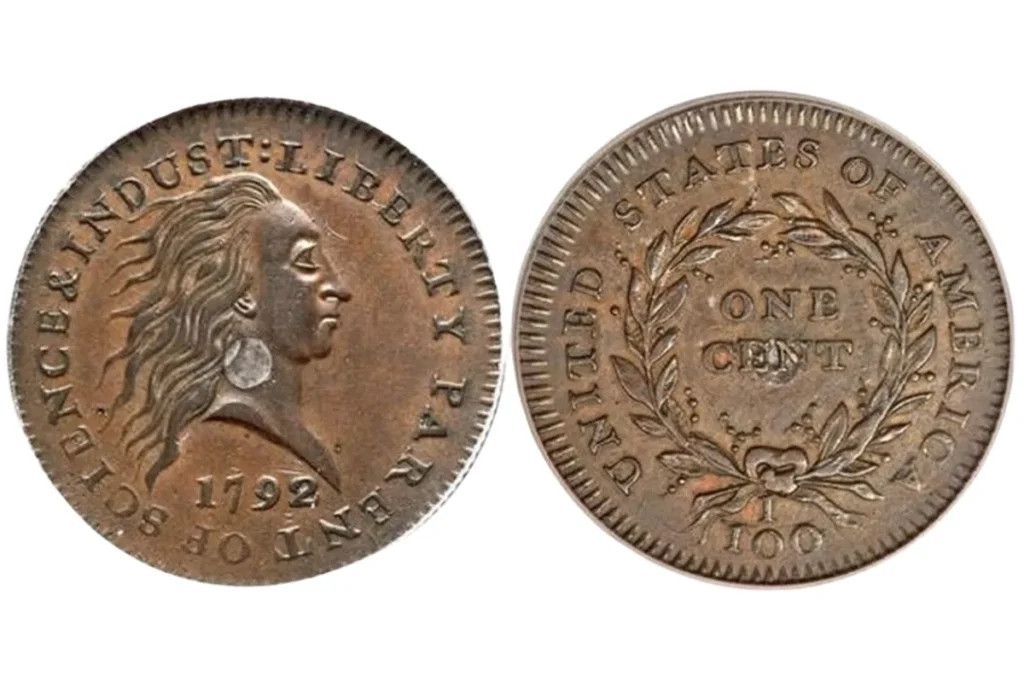Collecting coins can be exciting, especially when you discover hidden treasures like the rare Bicentennial Quarters.
These quarters, minted in 1976 to celebrate the 200th anniversary of the United States, are unique due to their special designs and limited production.
While they might look like ordinary coins at first glance, they hide some rare features that can increase their value. Let’s dive into six secret features that could make these quarters stand out in your collection.
What Makes Bicentennial Quarters Special?

Bicentennial Quarters are unique because they were created for the 200th anniversary of America’s independence.
Instead of the usual eagle design, the reverse side of the quarter features a colonial drummer and a torch encircled by 13 stars.
The front remains the same, with George Washington’s profile, but the change in the reverse design makes them special.
Now, let’s explore some secret features that could make your Bicentennial Quarters even more valuable.
1. Low Mintage Errors

Some Bicentennial Quarters were minted with errors that went unnoticed during production. These errors could include off-center designs, double strikes, or weak imprints. Error coins are extremely rare, and collectors are willing to pay more for them because of their uniqueness.
2. Silver Composition
Most Bicentennial Quarters were made from copper and nickel. However, a small number were struck using a 40% silver composition. Silver quarters are more valuable due to their precious metal content.
If you come across a silver Bicentennial Quarter, it could be worth significantly more than a standard copper-nickel one.
3. Proof Coins

Proof Bicentennial Quarters were specially made for collectors. These coins have sharper details and a mirror-like finish. Proofs were struck with extra care, making them stand out from regular circulation coins. If you have a proof Bicentennial Quarter, its value could be higher due to its pristine condition and rarity.
4. Mint Marks
Mint marks indicate where a coin was produced. The Bicentennial Quarters were struck at three U.S. mints: Philadelphia (no mint mark), Denver (D), and San Francisco (S). Coins from San Francisco are particularly valuable if they are silver or proof versions.
5. Condition and Grading

A coin’s condition plays a significant role in its value. Bicentennial Quarters that are uncirculated or graded as “mint state” can fetch higher prices. Collectors look for coins that have not been worn down by use and still maintain their original luster.
6. Die Varieties
Some Bicentennial Quarters exhibit subtle differences known as “die varieties.” These variations occur when the die used to stamp the coin is slightly altered or damaged,
leading to noticeable differences in the final design. Collectors love these varieties because they are rare and add uniqueness to a collection.
If you have Bicentennial Quarters, it’s worth checking them for these secret features. A rare mint mark, error, or silver composition could turn a simple quarter into a valuable piece of history.
Whether you’re a seasoned collector or just starting, these quarters are a fascinating part of American numismatic history. Keep an eye out for these features, and you might boost your collection with something truly special.
1. What is a Bicentennial Quarter?
A Bicentennial Quarter is a special quarter minted in 1976 to celebrate the 200th anniversary of the U.S. It features a colonial drummer on the reverse side instead of the usual eagle design.
2. How can I tell if my Bicentennial Quarter is silver?
Silver Bicentennial Quarters have a distinct “S” mint mark (from San Francisco) and were made using 40% silver. You can also check by weighing the coin, as silver quarters are slightly heavier than regular ones.
3. What is a proof Bicentennial Quarter?
A proof Bicentennial Quarter is a specially minted coin made for collectors. It has sharper details and a mirror-like finish, making it more valuable than regular circulation coins.
4. Are error Bicentennial Quarters valuable?
Yes, error Bicentennial Quarters are highly sought after by collectors. Common errors include off-center designs or double strikes, which can significantly increase the coin’s value.
5. How do I check my Bicentennial Quarter’s condition?
To determine your coin’s condition, look for signs of wear and tear. Uncirculated or “mint state” coins, which haven’t been used in daily transactions, are more valuable. You can also get the coin graded by a professional service to assess its condition.










